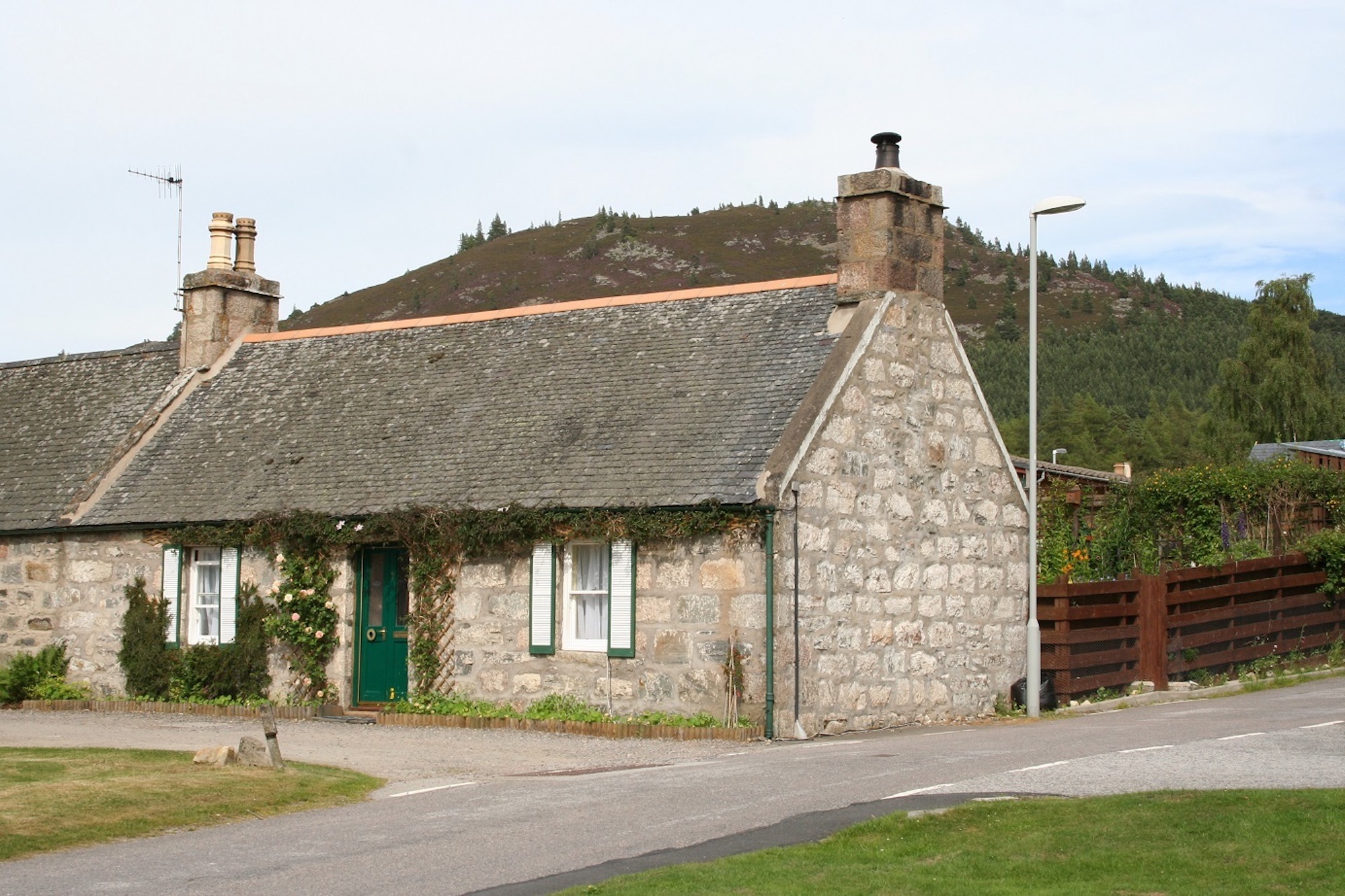Condensation
The most common kind of damp in our homes is condensation.

Although not always a problem by itself, condensation can lead to black mould growth. Black mould causes health problems, such as breathing issues and skin irritation. It can be dangerous for children and the elderly.
Luckily, there are lots of different ways to tackle condensation. Read on to find out more.
What is condensation?
There is water in the air all around us. We can’t see it because it’s in the form of a gas (water vapour). When water vapour hits a cold surface, it turns into water droplets. This is known as condensation.
You might have seen condensation on the inside of your windows. Water vapour in the air hits the cold surface of the glass. The water vapour condenses (turns into) water droplets. You can see the water droplets forming on the glass.
What are the signs of a condensation problem?
A little bit of condensation is inevitable, and not something to worry about. However, if a lot of moisture builds up in your home, you might find:
- Black mould
- Wallpaper starts to peel and rot
- Mould on furniture and clothes
- A musty smell develops

How to get rid of condensation mould
Condensation needs two things:
- Moisture in the air
- Cold surfaces
If we can reduce one (or both) of these, we can keep our homes healthy.
Reducing moisture in the air
To reduce the amount of moisture in our homes, we can either:
- Release less moisture into the air
- Give the moisture a way out of our home.
Through breathing and sweating, one adult creates almost a litre of water vapour every day. That’s before we even think about the water vapour that comes from cooking, washing our clothes, or washing ourselves. All that water vapour has to go somewhere. If it stays in the home, it’ll likely end up as condensation.
There are a couple of different ways we can release less moisture into our homes:
This reduces the amount of steam that’s released into our kitchen. It’s also great for saving some energy as keeping the heat in the pan will cook the food faster.
As wet clothes dry out, that water evaporates into the air inside our homes. If possible, dry your clothes on a line outside.
Some activities –– like showering –– can’t be done without producing a lot of moisture. In these cases, we need to move that extra moisture somewhere else before it becomes condensation. Ideally, we’d like the extra moisture to move outside. This is where ventilation comes in.
Ventilation simply means letting air flow between the inside and outside of our homes. This keeps our homes fresh and healthy.
You can ventilate your home and reduce condensation by:
This is especially helpful for avoiding condensation in kitchens and bathrooms. When cooking, open a window if you can. After showering or bathing, leave a window open if you can. Bedrooms are another good room for airing – a third of our lives are spent sleeping and we create a lot of moisture in that time.
Again, these are most useful in the kitchen and bathroom. The fan draws moist air from the room and sends it outside.
When you’re cooking or washing, keep the door closed. This stops the moist air moving through your home. Then, open a window or use an extractor fan to move the moist air outside.
Leaving a slight gap between furniture and a wall helps airflow.
Your windows might have “trickle vents”. They’re usually found at the top of the window, on the underside of the frame. A small lever lets you open and close the vent. Leaving the vent open gives better ventilation.
Your walls might have vents or air bricks to help with ventilation. Air bricks are bricks with a pattern of holes in them. They look a bit like a waffle.
If you have vents or air bricks, make sure not to block or cover them. They’re doing an important job.
Reducing cold surfaces
Water vapour turns into water droplets when it hits a cold surface. Keeping surfaces warm is another way to stop condensation.
Keeping all rooms above 15 degrees should stop condensation forming. If you have thermostatic radiator valves (TRVs) try setting these to 2. If you have Smart TRVs simply set the temperature to 15 degrees.
If your home is draughty, this can create cold surfaces. Draughts also allow moisture to move from one room to another. We’ve put together a handy draught proofing guide to help keep your home warm on a budget.
- Only draught proof kitchen and bathroom windows if those rooms have extractor fans or trickle vents
- Draught proofing the internal kitchen and bathroom doors should stop moisture moving to the rest of your home. However, make sure you:
- Talk to a draught proofing professional before draught proofing a room with a boiler, cooker, gas or solid fuel heater
- Don’t draught proof a room if it already has a condensation problem
The number one action we can take to make our homes warmer is to insulate them. We’ve got a whole section of our website dedicated to insulation. You’ll find help for everything from loft to wall insulation there.